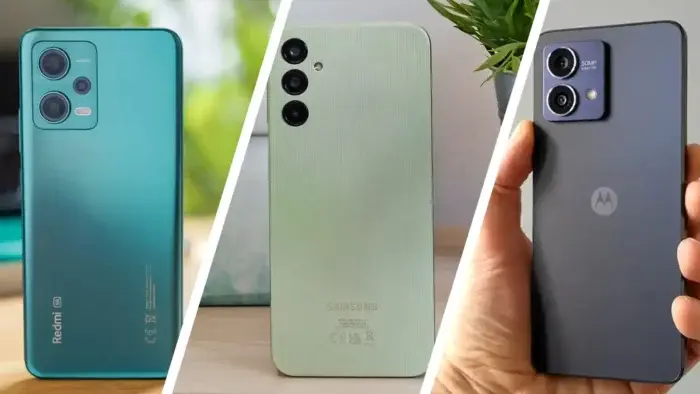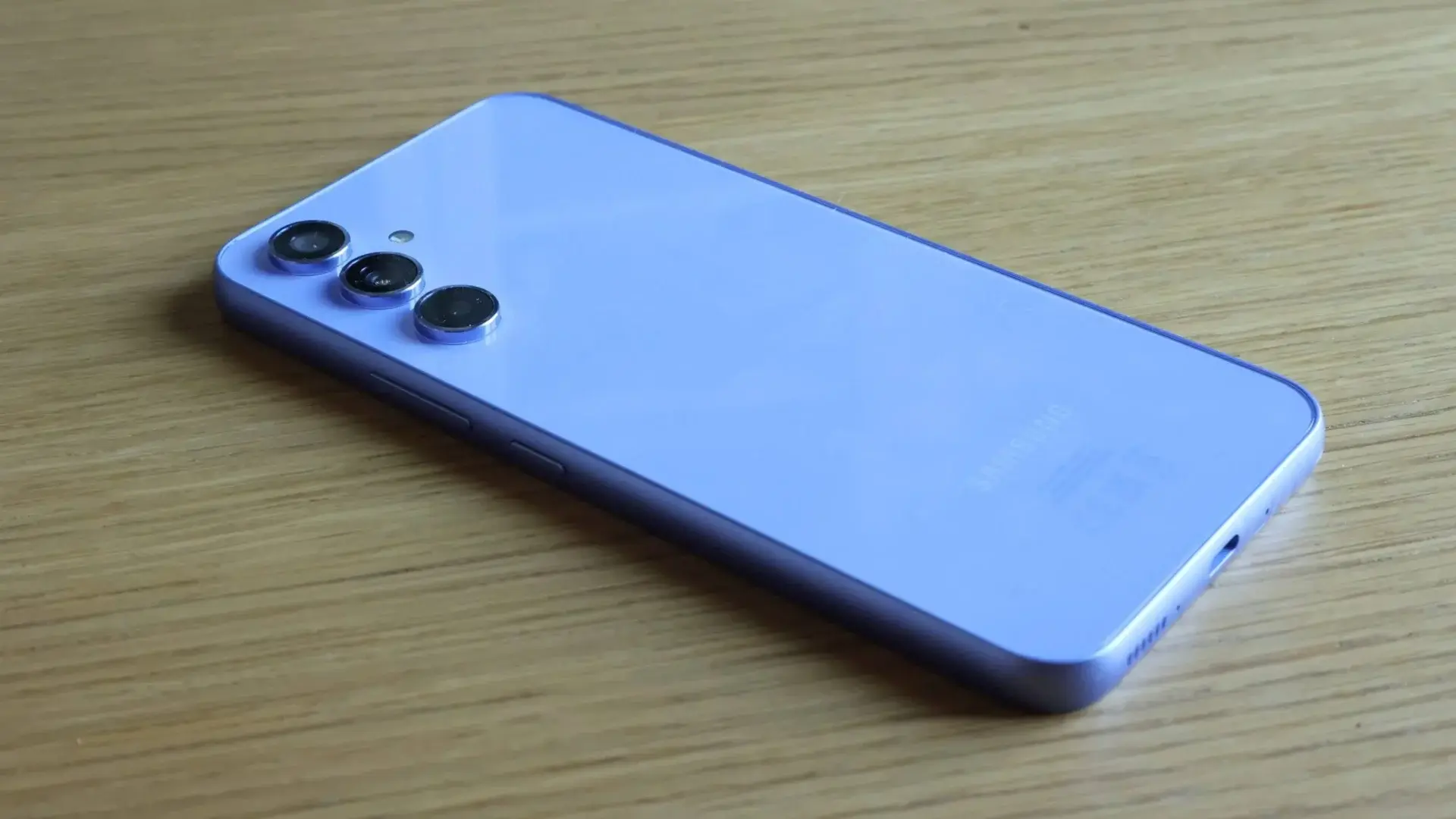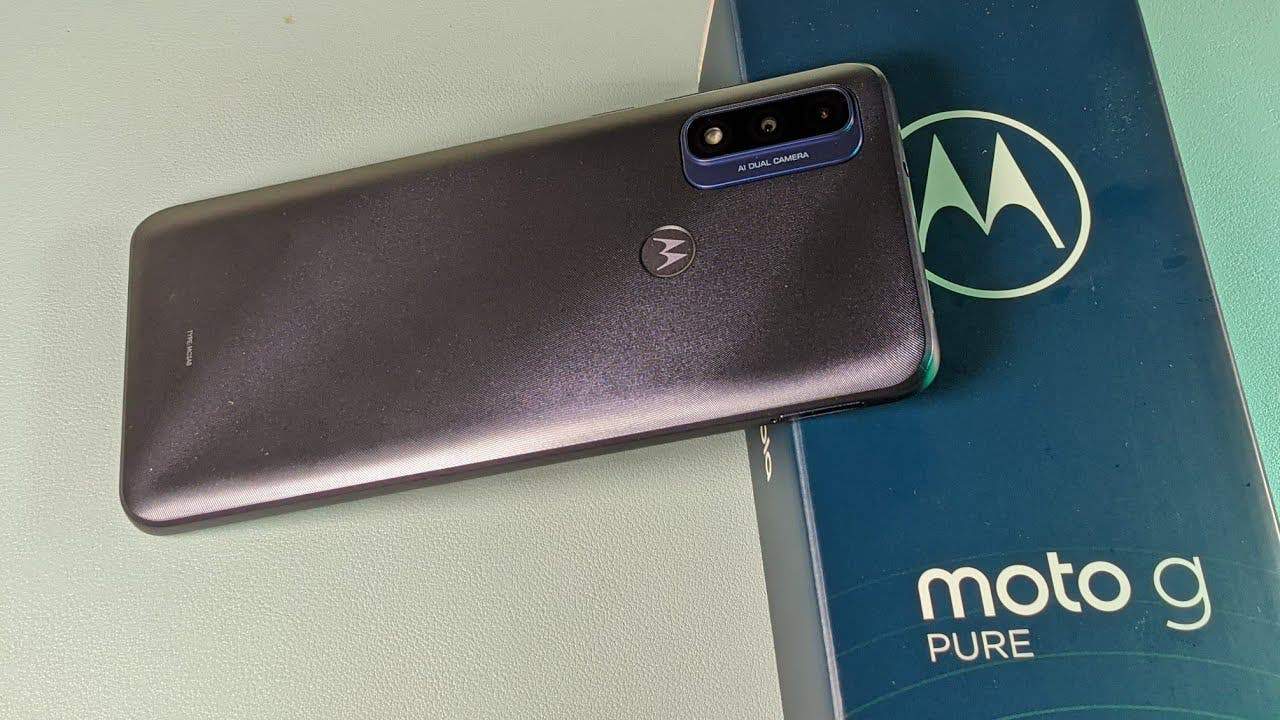Phones indeed have a limited lifespan, facing challenges such as software updates taxing current hardware or succumbing to physical defects. The prospect of choosing a new phone can be overwhelming, especially when faced with a library of devices where the least expensive options often start in the mid-$800 range. The prominent marketing of $1,000-plus iPhones and Samsung Galaxy models may create a perception that budget smartphones are scarce.
Fortunately, beneath this wall of high-end models, a page or two in, there are hidden gems – more affordable phones that cater to a wider range of budgets. These budget-friendly alternatives offer a balance between performance and cost, providing users with reliable options that don’t necessarily break the bank. Exploring these less-prominent choices can unveil devices that meet users’ needs without requiring a significant financial investment.
If you favor a less restrictive device with a wider range of customization options and a more intuitive file storage system, opting for phones running on Android is a wise choice. Even newer Samsung Galaxy phones, known for their quality, often come with a more affordable price tag compared to Apple’s iPhones, typically ranging from $600 to $700. Beyond Samsung, there are feature-rich alternatives that offer good value for money.
When on the lookout for your next smartphone, consider these five budget-friendly Android phones to keep some extra cash in your wallet while still enjoying a satisfying mobile experience.
OnePlus Nord N30 5G 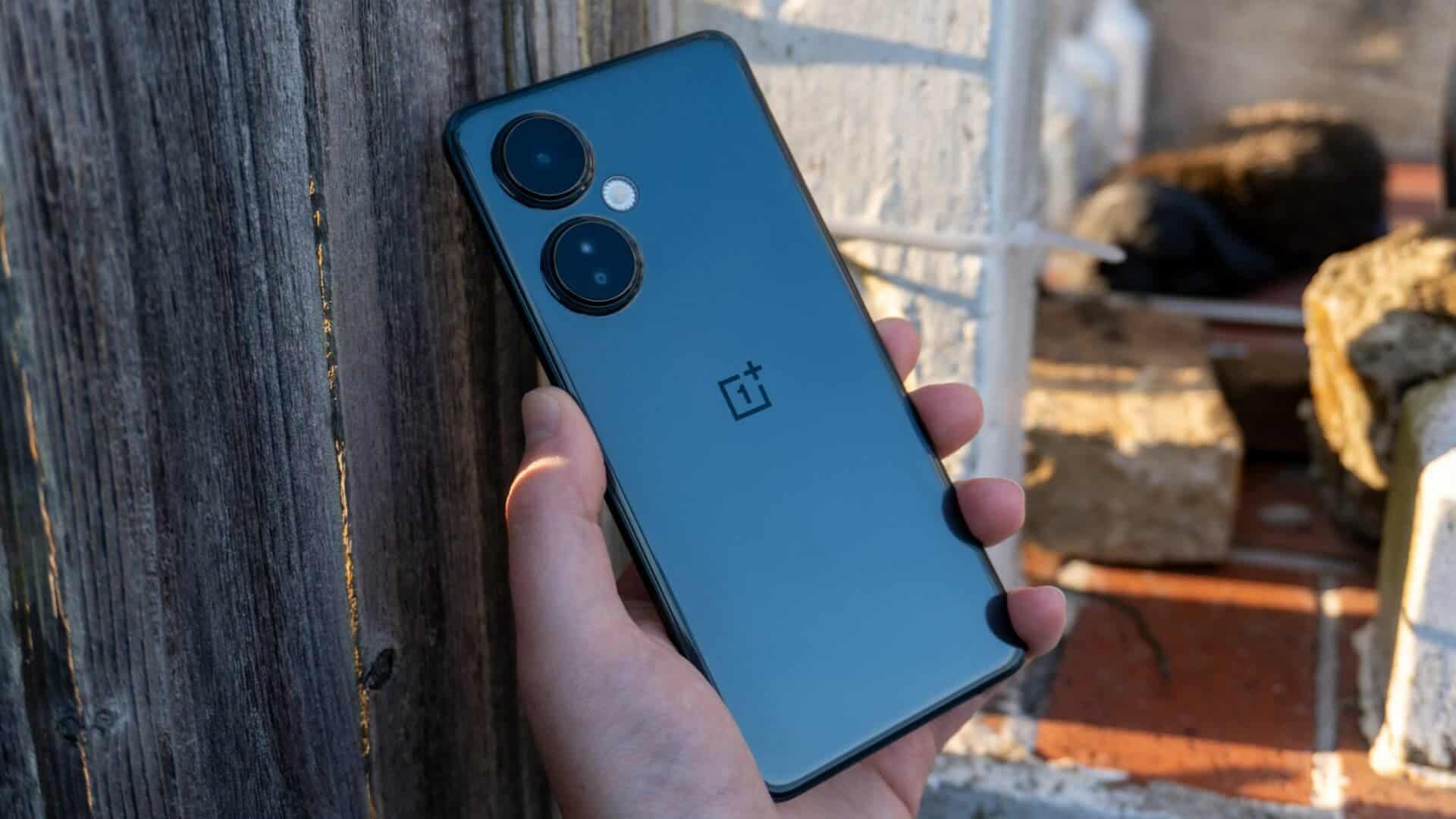
OnePlus may not be as widely recognized as some other Android phone brands in the U.S. market, but it has established itself as a reliable choice for users seeking a capable device without the premium price tag. The OnePlus Nord N30 5G exemplifies how the Chinese-based brand has garnered user appreciation by providing comparable performance at an affordable price. This device stands out as an example of OnePlus’ commitment to catering to a broader range of consumers who prioritize value without sacrificing performance.
Equipped with a Qualcomm Snapdragon 695 processor, 128GB of storage, and 8GB of RAM, the OnePlus Nord N30 5G is designed to handle basic tasks seamlessly. Its performance is robust enough even for gaming, leveraging the advantages of its impressive 6.5-inch display with a resolution of 2,400-by-1,080 pixels and a 240Hz response rate.
To maintain affordability, OnePlus made some compromises, particularly in the camera department. While the 108MP main lens is commendable for a budget device, it may not excel in low-light photography. The device, priced at $300, offers a decent camera setup but doesn’t compete for awards in this aspect.
One notable feature is the substantial 5,000mAh battery, providing approximately 12 hours of use under moderate conditions. However, the absence of wireless charging is a downside, especially for users who value this convenience in a phone. Despite this drawback, the OnePlus Nord N30 5G presents itself as a compelling option for those seeking a budget-friendly Android device with solid overall performance.
Samsung Galaxy A14 5G 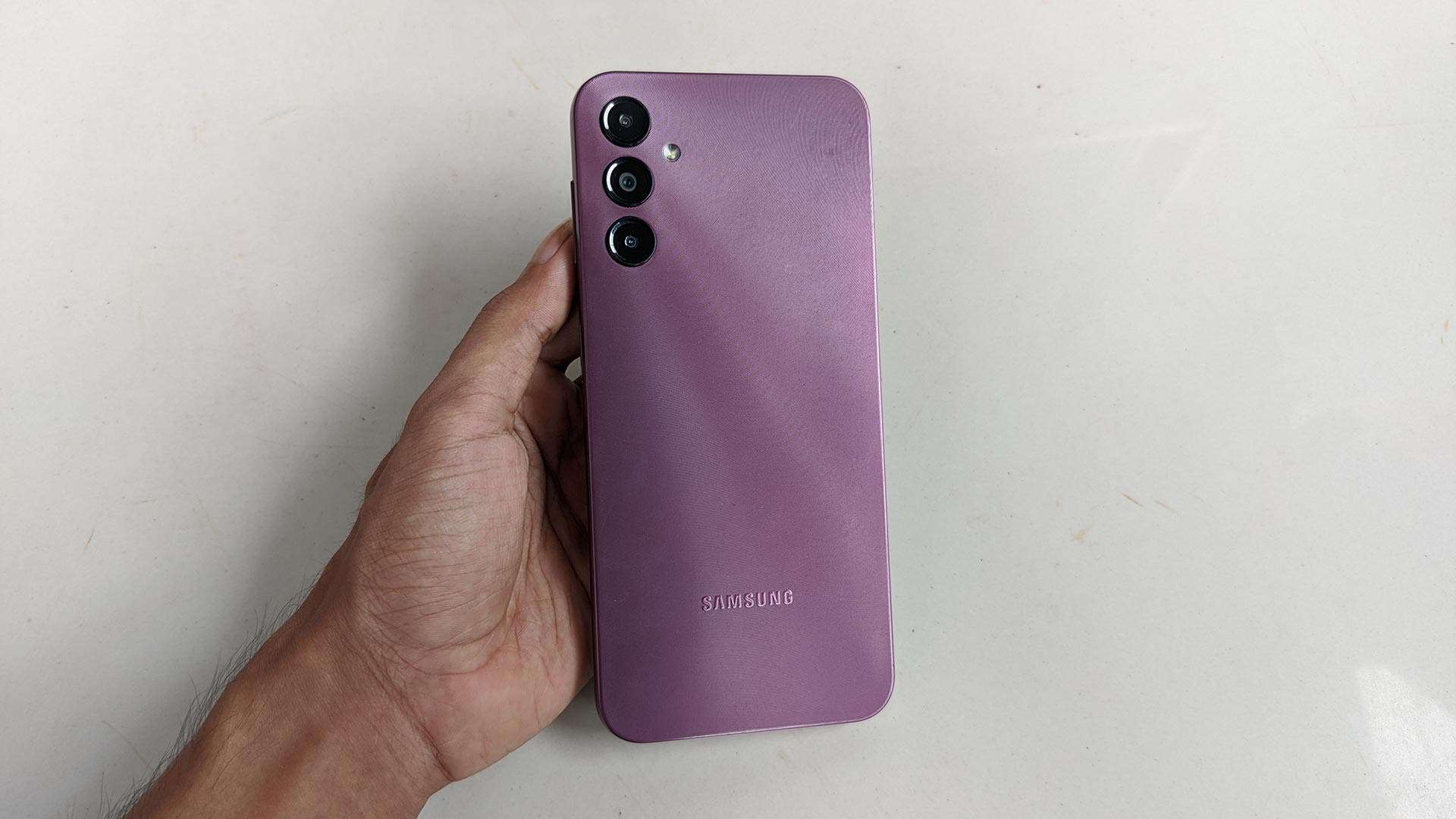
The idea of purchasing a phone for less than $200 may seem unimaginable, especially one from a well-known brand. Samsung, renowned for its premium Galaxy line, introduces the Galaxy A14 5G as an option that balances affordability and performance, making it accessible for budget-conscious users while still offering relevance in the smartphone market.
The Galaxy A14 5G comes with 64GB of storage and 4GB of RAM, powered by Samsung’s Exynos 1330 SoC processor, and it runs on Android 13 straight out of the box. Despite being a basic entry, Samsung committed to providing four years of Android updates when it launched in January 2023, ensuring an extended lifespan for this low-cost model. Supporting Bluetooth 5.2 and WiFi 5, the A14 caters to users looking for modern connectivity features.
Its 6.6-inch LCD panel offers a maximum 90Hz refresh rate, providing a satisfactory experience, although it doesn’t match the response time of pricier models like the Galaxy S23. Samsung made some compromises, removing waterproofing features, but compensates with the inclusion of a dedicated headphone jack—a notable advantage for users who prioritize wired audio connectivity.
Google Pixel 7a 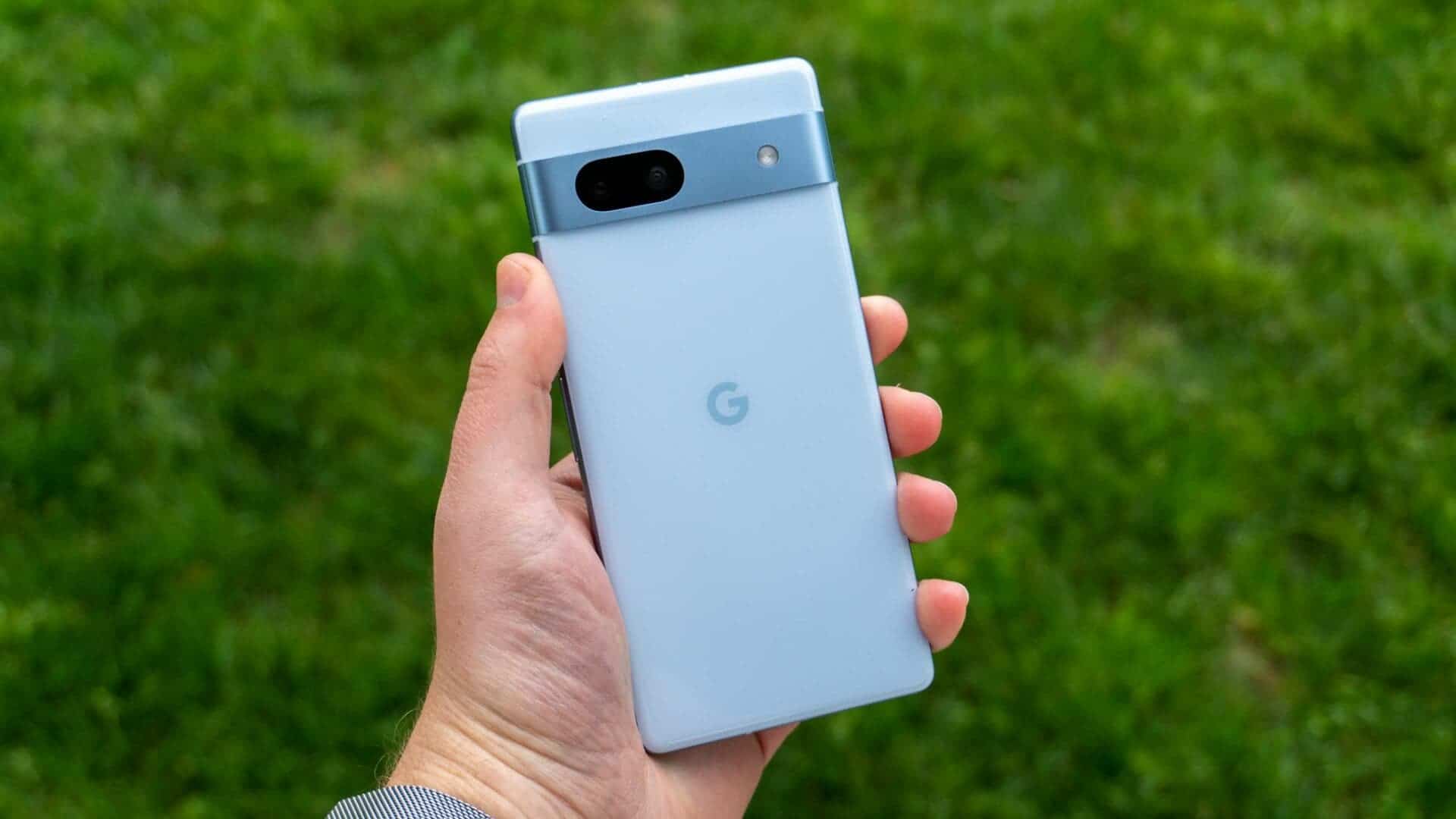
Google’s Pixel phones are known for offering high quality at a more affordable price compared to higher-end Samsung and Apple devices. The Google Pixel 7a exemplifies this strategy by providing a budget-friendly alternative to the Pixel 7. While many other budget Android devices may compromise on features like wireless charging, Google has managed to retain some premium features while maintaining a reasonable $500 price tag.
While the $500 price tag might seem high for a budget-friendly phone, the Google Pixel 7a strikes a good balance between value and cost. The 7a boasts a 6.1-inch screen with an impressive 90Hz refresh rate, a notable improvement from the 6a’s 60Hz. This upgrade allows users to experience the visual clarity found in Google Pixel’s higher-end phones without approaching the near-$1,000 price range. With a substantial 128GB storage and 8GB of RAM, the Pixel 7a ensures ample performance for gaming and streaming.
Budget Android phones often compromise on camera quality, but Google made reasonable choices with a 65MP primary lens on the Pixel 7a, surpassing the 7 or 7 Pro’s camera by 14MP. While sacrifices might include a wider field of view and pixel width, the image clarity delivered by the Pixel 7a’s camera is commendable, especially considering its price.
The Google Pixel 7a does face a compromise with its 4,385mAh battery capacity. This is relatively smaller, especially when compared to other phones in the higher end of the affordable range. However, the device compensates for this with fast charging capabilities, potentially minimizing the impact of its smaller battery size. The quick charging feature allows users to recharge the device swiftly, addressing concerns about potential battery limitations.
Samsung Galaxy A54 5G (Budget Smartphones)
If the Samsung Galaxy A14 serves as an entry-level phone, the Galaxy A54 represents the device you transition to when you’re ready for an upgrade. Priced at $450, the A54 maintains its consumer-friendly appeal while incorporating some notable features typically found in Samsung’s flagship devices. This mid-range device strikes a balance between affordability and advanced functionalities, offering users a more enhanced and versatile smartphone experience.
The Samsung Galaxy A54, despite its initial bloatware, offers a device that promises a robust and versatile experience. It’s worth noting that the unavoidable overlap of Google and Samsung dedicated apps may lead to some minor inconveniences, as most of them cannot be disabled.
However, these minor hiccups will bow to the overall package that the A54 brings. You get a 6.4-inch device crafted from durable Gorilla Glass 5. Also choose between 6 or 8GB of RAM and storage options ranging from 128 to 256GB. If you need additional storage space, the A54 includes a microSD slot compatible with cards of up to 1TB.
While there are budget phones with cameras supporting more than 50MP, the A54 holds its own in the photography department with a 5MP macro lens and a 32MP selfie lens. Supported by solid hardware, the camera system delivers higher-quality images than one might expect at this price point.
The Samsung Galaxy A54 boasts an impressive battery capacity, surpassing even the Pixel 7a, with its 5,000mAh battery. This substantial battery size is designed to ensure that the device can easily last throughout the day. This provides users with a reliable and long-lasting power source for their various activities. The larger battery capacity contributes to the overall appeal of the A54. This enhances its usability and reducing concerns about running out of battery power during the day.
Motorola Moto G Pure (Budget Smartphones)
Motorola’s low-cost phones have sometimes struggled to meet quality expectations. However, the Moto G Pure breaks away from this trend as a surprising exception. Priced at less than $160, this device delivers the essential performance you need. It may not excel in handling advanced applications, if your requirements are just basic functions. Nonetheless, the Moto G Pure offers sufficient features to justify its purchase. This budget-friendly option presents a viable choice for users seeking a cost-effective yet reliable smartphone.
The Moto G Pure is specifically designed for users seeking a highly affordable option that prioritizes essential functions. With 3GB of RAM and 32GB of internal storage, it may not be ideal for handling more advanced applications. While you won’t have ample storage for photos or high-performance gaming, the octa-core MediaTek Helio G25 processor ensures the device remains functional and cost-effective. The Moto G Pure is well-suited for tasks such as phone calls, SMS messaging, and light internet browsing.
Despite its seemingly small 4,000mAh battery capacity, the Moto G Pure’s focus on simplicity and limited multitasking. The device allows for a charge to last a little over a day. Its notable features include a 3.5-millimeter headphone jack, expandable microSD storage, and various wireless connectivity options, contributing to its overall appeal.
Conclusion
In conclusion, the smartphone market doesn’t solely cater to flagship devices with hefty price tags. This exploration of five budget-friendly Android phones unveils gems like the OnePlus Nord N30 5G, Samsung Galaxy A14 5G, Google Pixel 7a, Samsung Galaxy A54 5G, and Motorola Moto G Pure. Each offers distinct strengths and functionalities at accessible price points. Whether prioritizing raw performance, camera quality, long battery life, or affordability, these devices demonstrate that a satisfying mobile experience doesn’t necessitate exceeding your budget. Remember, exploring less-prominent options can unlock hidden gems that perfectly align with your needs and preferences.

